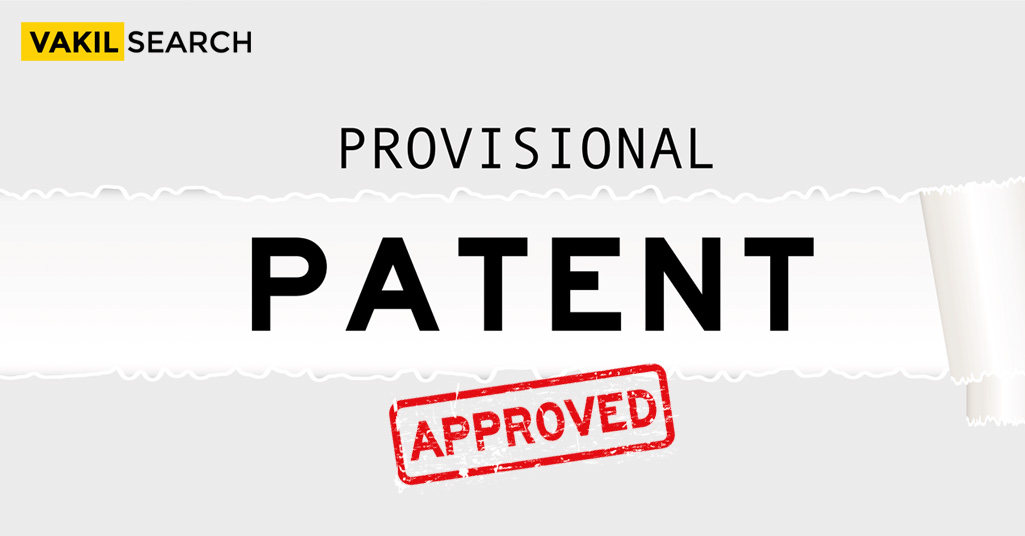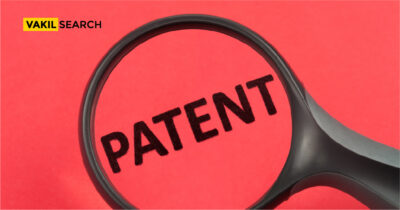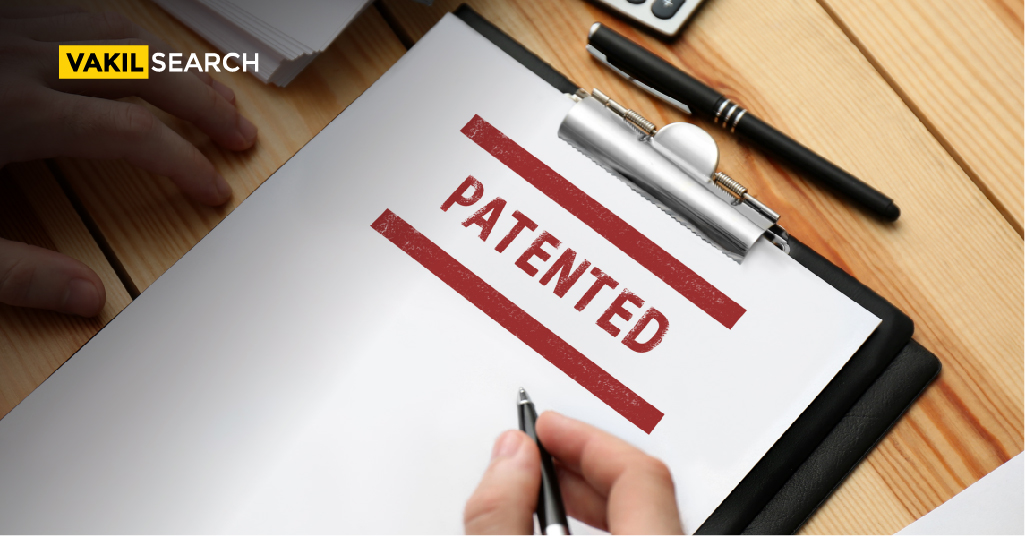Understanding the world of patents can be challenging, especially when faced with decisions about provisional applications. This blog answers the most frequently asked questions regarding provisional patents. From their purpose, costs, and necessary requirements to their benefits and potential pitfalls, equip yourself with the essential knowledge to make informed decisions as an inventor. Whether you're pondering the differences between provisional and non-provisional applications or the specifics of filing, this blog deals with the intricacies of the patenting world.
The Indian Patents Act of 1970 governs the procedures pertaining to provisional patent application in India. Once a novel and unique invention that possesses an industrial utility is patented, exclusive proprietary rights are vested in the inventor. Acquiring a patent on a particular invention would prevent everyone other than the inventor from monetising it. The Patent Act of 1970 has provided numerous guidelines that handhold inventors and patent professionals and help them acquire patents.
The first and foremost subject to touch upon in acquiring patents is to learn about the patent specification documents. The specification documents are techno-legal documents and are quite complicated. The patent specification purports to serve two purposes. Firstly, to disclose the invention to the public so that it can be worked upon once it falls into the public domain after the patent expires. Secondly, to identify the parts of the invention that the inventor claims exclusivity for.
The Patent Act of 1970 has categorised the patent specifications into two types:
- Provisional Specification
- Complete Specification
The drafting process begins with the patent search, wherein the inventor or the patent professional, say a patent agent or a patent attorney, checks the invention against the state of the art in the field of the invention. This is done to ensure that the invention seeking to be patented is a new idea and also to check if the invention would infringe on any existing patents.
Once it is done, the drafting of the specifications is taken up. The most important specification that sets the priority date for the patent is the Provisional Patent Application specification. The specification gives an outline of the invention without going into specifics. The complete specification must be filed within 12 months from the date of filing the provisional specification.
This is the most crucial document as it discloses the invention completely and the inventor asserts exclusivity of the patent through the claims. However, the Act allows the applicant to file the complete specification directly, without having to file the provisional specification. If that’s the case, why is it often urged by experienced professionals to file the provisional specification before the complete specification? A detailed analysis of the importance of a provisional patent application may be required to answer this question.
Merits of Provisional Patent Application Even Though It Is Not Mandatory?
The purpose of a provisional patent application is to enable the invention to get protection even before filing a complete specification. To draught a complete specification, enormous detail about the invention is required. It often takes months to complete the R&D (research and development) for most of the inventions. It might be too challenging to get hold of a priority date if one waits to figure out the invention completely and thereafter files the complete specification.
Thus, by filing the provisional specification with the preliminary details of the invention, the inventor could get a priority date set. Further, a provisional patent application does not demand claims or diagrams of the invention and is also much cheaper to file. Once the provisional patent application is filed, the inventor now has 12 full months to work on the invention and to decide on the claims, after which the complete specification will be filed. The provisional specification, therefore, acts as interim protection to inventors, thereby buying them more time to work on the invention.
Once a provisional patent application is filed, the inventor can even begin marketing the products with the tag “Patent Pending.” This would notify the public and the potential competitors that no one can imitate or make an attempt to market the product as the inventor is working on it further to get it patented.
The Benefits of Filing a Provisional Patent Application:
i) Provisional Protection for the Invention:
From the date of the provisional specification, the invention is protected for a period of 12 months, even before disclosing the entire invention in the complete specification.
This opportunity to obtain interim protection would be lost if the inventor failed to file a provisional patent application.
ii) Provisional Patent Application- Economical:
By filing the provisional patent and obtaining the date of priority, the inventor not only gets time to work on the invention, but can also look for funds for marketing the invention and can also hire a patent agent to draught the complete specification impeccably. The filing charge for a provisional patent application is relatively lower than for a complete specification.
iii) Date of Priority on Provisional Patent Application:
Filing patents is literally like a race against time. When two patents that are quite similar are filed, the patent is granted to the one that was filed earlier among the two. By filing the provisional specification as soon as the inventor gets a path-breaking idea, the priority date is set to the date of filing the provisional. Alternately, if the inventor takes months to come up with the whole invention and then files a complete specification directly, the date of priority is going to be pushed to a much later date.
iv) Pending Patent Labe’:
By filing the provisional, the inventor can market the products with the label “patent-pending” attached. This is equivalent to claiming that the product will soon be patented and that no one in the market will be able to infringe on it.
v) International Priority:
By filing a provisional specification, an inventor can simultaneously apply for patents in other countries that are members of the Paris Convention with the same priority date. The Paris Convention is an agreement among the selected countries that have agreed to recognise the patent priority among the signatory countries.
Thus, a provisional patent specification is an affordable way of securing a patent while the invention is still under research. Yet, there are no hard and fast rules that mandate the filing of a provisional specification. The filing of a provisional specification is also largely dependent on the business goals. The only convincing factor is that there is nothing to lose, but a lot to gain, by choosing to file the provisional patent application. If you have any queries, reach out to Vakilsearch right now!
FAQs on Provisional Patents
Is it necessary to file a provisional application?
No, it's not mandatory to file a provisional application. However, doing so can provide a 12-month period to further develop the invention or assess its market potential before filing a complete patent application.
What is necessary for a provisional patent?
For a provisional patent, one needs to provide a detailed description of the invention, ensuring that it is comprehensive enough for someone familiar with the subject to replicate the invention. Drawings or illustrations can be beneficial, though not always mandatory.
What is the purpose of a provisional patent application?
The primary purpose of a provisional patent application is to establish an early effective filing date. It also allows the inventor a year to refine the invention, determine market viability, and decide whether to pursue a full patent application.
Do provisional patents get rejected?
Unlike regular patent applications, provisional applications are not examined for patentability. Therefore, they don't get rejected in the traditional sense. However, if a provisional application is incomplete or lacks necessary details, it might not provide the anticipated legal benefits.
What are the disadvantages of a provisional patent?
Some disadvantages include the costs associated with filing and the potential for providing inadequate details, which may jeopardise the subsequent non-provisional application. Additionally, the provisional patent lasts only for 12 months, after which a full patent application must be filed.
What happens after a provisional patent application?
After filing a provisional patent application, the inventor has a 12-month period to file a non-provisional patent application to claim the priority date of the provisional application.
What is the cost of a provisional patent?
The cost of a provisional patent varies depending on various factors, including attorney fees, the complexity of the invention, and any drawing or illustration fees. Generally, it is less expensive than filing a non-provisional patent application.
How many times can a provisional patent be renewed?
A provisional patent cannot be renewed. It expires 12 months from the filing date, after which the inventor must file a non-provisional application.
What is the difference between a provisional patent and a patent application?
A provisional patent application is a temporary application that lasts 12 months and is not examined for patentability. In contrast, a non-provisional patent application undergoes examination, and if approved, grants the inventor a patent protecting the invention.
What are the 3 basic requirements for a patent?
The three basic requirements for a patent are: novelty (it must be new), non-obviousness (it must not be an obvious invention to someone in the field), and utility (it must have a useful purpose).
Is it easy to file a provisional patent?
Filing a provisional patent is generally more straightforward than a non-provisional application. It doesn't require formal patent claims or an oath or declaration. However, the description must be thorough to ensure future patent protection.
Can I use photos in provisional patent applications?
Yes, you can use photos in provisional patent applications. They can assist in providing a clear understanding of the invention. However, high-quality drawings or illustrations are often preferred because they can capture details more accurately.










